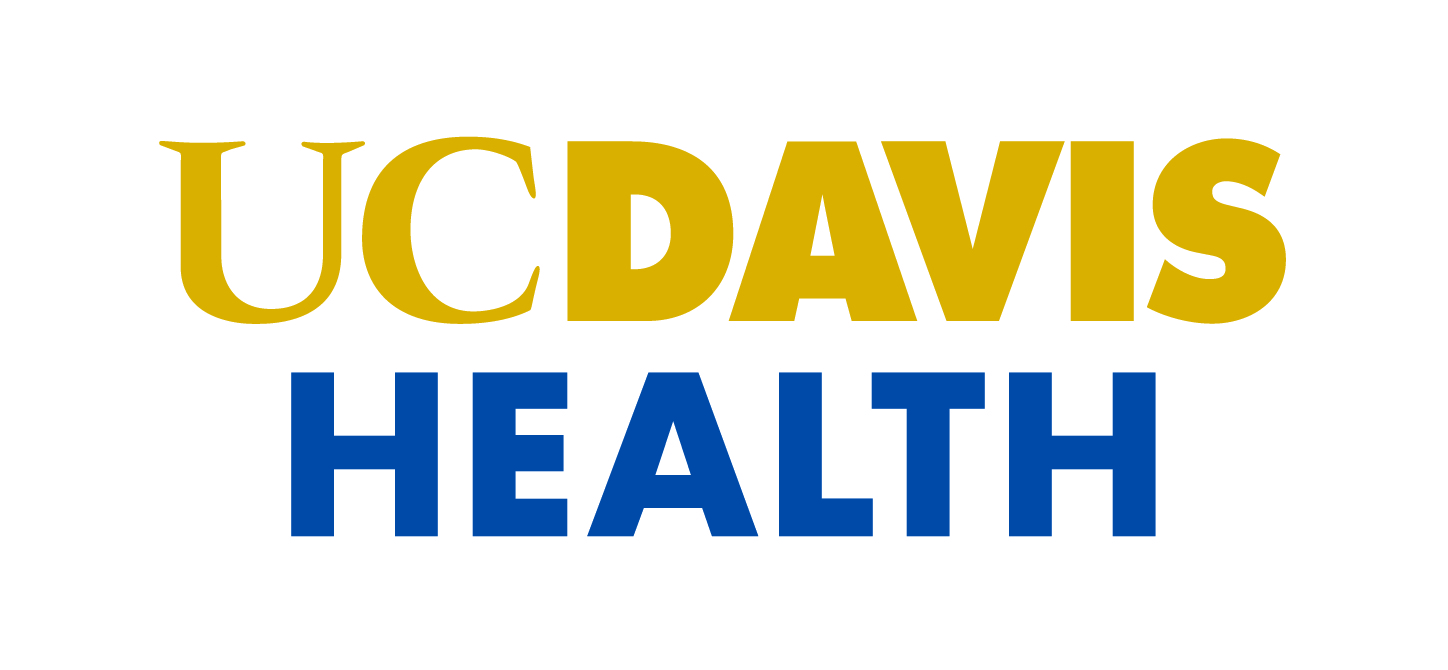Newswise — Based on a major effort co-led by Richard Valicenti, UC Davis Department of Radiation Oncology Professor and Chair, the nation’s leading urological and radiation oncology organizations today announced a new guideline for radiation therapy after prostatectomy.
The guideline, released jointly by the American Society for Radiation Oncology (ASTRO) and the American Urological Association (AUA), for the first time provides evidence- and consensus-based recommendations about the benefits and risks of additional cancer treatment after prostate-removal surgery.
Valicenti, a prostate cancer expert at the UC Davis Comprehensive Cancer Center, championed the comprehensive review on behalf of ASTRO. Ian Thompson, director of the Cancer Therapy and Research Center at the University of Texas Health Science Center at San Antonio, led the work on behalf of the AUA. The guideline was based on an analysis of 324 research articles published between 1990 and 2012.
“There is a critical need for evidence-based standards, recommendations and options to maximize our ultimate goal of increased patient survival,” Valicenti said. “I think this guideline will give urologists and radiation oncologists the information, backed by expert opinion, on how to manage patients who have a high risk of recurrence after radical prostatectomy. My hope is that these guidelines will lead to higher overall survival rates and better quality of life for men undergoing radical prostatectomy.”
The guideline focuses on treatment options, as well as assessments and discussions with patients regarding potential side effects of both radical prostatectomy and post-surgical radiation therapy. The guideline includes recommendations for physicians to inform prostate cancer patients when they are at a higher risk for cancer recurrence, when radiation therapy is warranted after prostatectomy, as well as the short- and long-term urinary, bowel and sexual side effects of treatments.
The Adjuvant and Salvage Radiotherapy After Prostatectomy: ASTRO/AUA Guideline will be published in the Aug. 1, 2013, print issue of the International Journal of Radiation Oncology, Biology, Physics (Red Journal) the official journal of ASTRO, and in the August 2013, print issue of The Journal of Urology, the official journal of the AUA.
